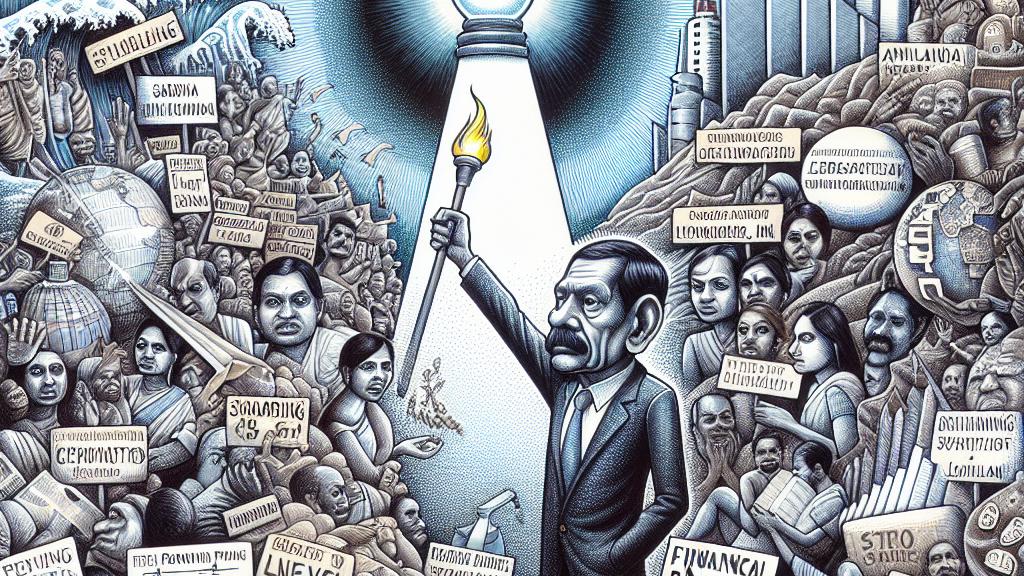Sri Lanka's President Dissanayake Initiates Talks for IMF Bailout
Overview
- President Anura Kumara Dissanayake has kicked off vital negotiations with the IMF for a much-needed $2.9 billion bailout aimed at stabilizing Sri Lanka's economy.
- His bold agenda includes sweeping tax cuts and a commitment to eradicate corruption, addressing the urgent needs of the populace.
- Dissanayake's election signifies a powerful shift in public sentiment, reflecting widespread dissatisfaction with traditional political leaders.

The Context of Sri Lanka's Economic Crisis
Sri Lanka is currently grappling with a profound economic crisis, a situation exacerbated by previous government mismanagement. Over the past few years, ill-advised tax policies combined with the devastating impact of the COVID-19 pandemic led the nation into uncharted waters, culminating in its first-ever bankruptcy in 2022. This catastrophic downturn has driven inflation rates to alarming heights, soaring to approximately 70% as of September 2022. As families across the country battled to afford basic necessities, the election of President Anura Kumara Dissanayake emerged as a beacon of hope, generating expectations for change. His immediate focus on engaging with the International Monetary Fund (IMF) to secure financial relief highlights this turning point.
Dissanayake's Vision: Crafting a Path to Recovery
Upon assuming office, President Dissanayake unveiled a transformative vision aimed explicitly at reviving the spirits and livelihoods of Sri Lankans. Central to his plan is the reduction of excessively high income taxes, an approach designed to liberate funds for much-needed social welfare programs. For example, by reallocating financial resources, he aims to provide food assistance and subsidies for essential goods, targeting families devastated by the economic downturn. Moreover, Dissanayake emphasizes the importance of combating corruption, asserting that it has sabotaged national progress and betrayed public trust. His commitment to renegotiate the staggering $25 billion national debt with the IMF not only demonstrates his proactive stance but also underlines the urgency of restoring fiscal health. By taking these steps, he endeavors to rekindle public confidence and inspire hope among citizens yearning for a brighter future.
A New Political Era: Navigating Opportunities and Challenges
The rise of Dissanayake to the presidency represents a revolutionary shift in Sri Lanka's political landscape, anchored firmly in the voices of an electorate yearning for change. His election, catalyzed by years of frustration with established political elites, demonstrates the power of grassroots movements and public protests demanding accountability. These protests, which gained momentum during the economic crisis, were emblematic of a collective desire for systemic reform. As Dissanayake navigates the complex terrain ahead, he will need to balance his ambitious plans with the practical realities of governance. The upcoming general elections will serve as a critical inflection point, shaping not only his presidency but also the future of Sri Lanka. Should he successfully implement his policies, Dissanayake could indeed turn the tide, transforming despair into hope and forging a new path forward for a nation that has suffered for far too long.

Loading...